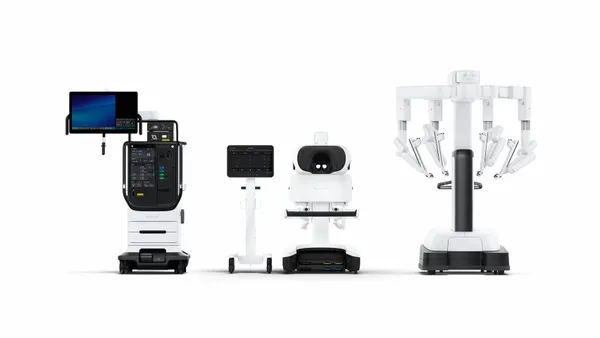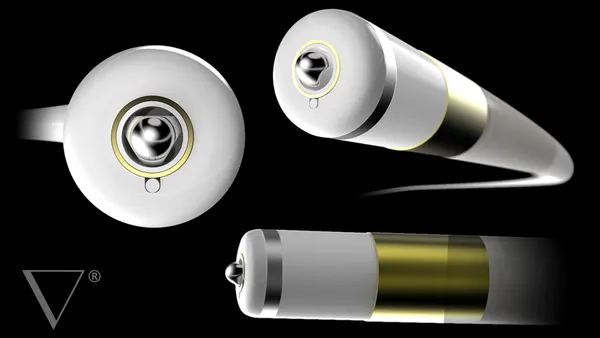Dive Brief:
-
FDA has begun piloting a template for 510(k) submissions to improve the consistency of the filings it receives, part of promise it made to Congress.
-
In a statement Wednesday, FDA said the structure and content of the PDF filing template are similar to resources it uses internally, enabling staff to more efficiently evaluate submissions.
-
The voluntary pilot assessment of the template will enroll up to nine participants that reflect the makeup of the device industry. FDA is now accepting requests to join the program.
Dive Insight:
FDA committed to streamlining the premarket submission process in the MDUFA IV agreement it entered into with industry. The template, dubbed the electronic Submission Template And Resource, or eSTAR for short, is part of the agency's effort to meet that commitment.
The pilot builds on FDA’s eSubmitter platform. The eSubmitter platform is designed to guide the user through the process of preparing a 510(k) submission, resulting in a filing that contains all the data FDA needs to make a decision. FDA initiated an eSubmitter pilot project in 2018 in the hope that the platform could cut 510(k) review times from 90 days to 60 days.
According to FDA, eSTAR “includes similar benefits as eSubmitter, as well as additional benefits.“ Like eSubmitter, the new template uses auto-filing, a structure similar to internal FDA tools, automatic verification and integrates with guidances and databases to make filings more consistent.
While those comments indicate eSTAR and eSubmitter share many core features, FDA contends the new template improves on its predecessor. FDA has added support for mobile devices, the ability to share part-completed filings via email and the option to post comments after the file is converted to a static PDF.
The agency also eliminated the need for users to have software other than Adobe Acrobat or an equivalent PDF program. Companies had to download dedicated eSubmitter software to use the older submission platform. FDA claims eSTAR has a more intuitive interface, too, but that will only be put to the test once companies start using the template in the pilot project.
FDA wants companies interested in participating in the pilot to submit details of the size of their operations, in terms of employees and revenues, and the devices they plan to file. Once a company is selected and completes the eSTAR 510(k) process, FDA will ask it to share feedback about the experience. FDA is also sourcing feedback from companies not selected for the pilot.
The agency ultimately wants to know from companies whether they think eSTAR integrated into their business process, was intuitive, and was able to accommodate PDF attachments of the size typically included with 510(k) submissions.












